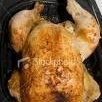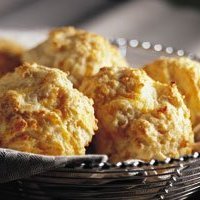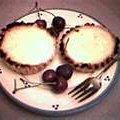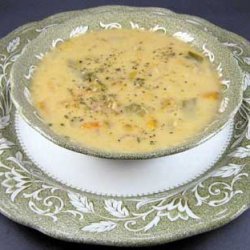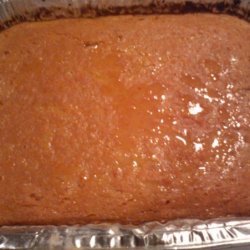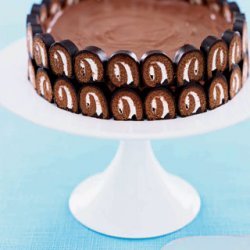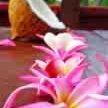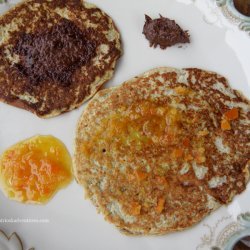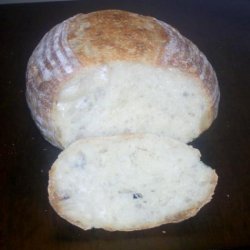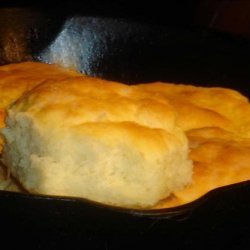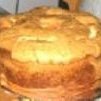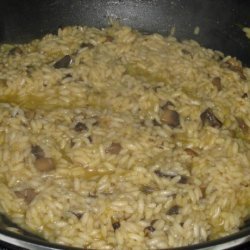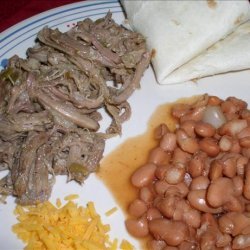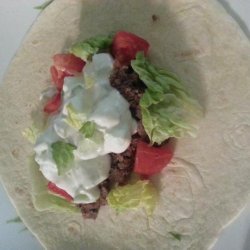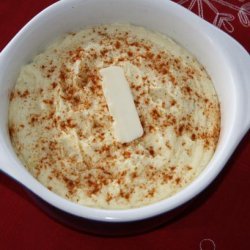Ingredients:
- rules for making sugar syrup
- fudge is based on a sugar syrup, which is a solution of sugar in liquid. when making a sugar syrup, whether it is as simple as sugar and water or contains other ingredients, the rules remain the same.
- always stir sugar and liquid over low heat until the sugar has completely dissolved.
- if the mixture comes to the boil before all the sugar is dissolved, a crust of sugar crystals
- once the sugar has completely dissolved, allow the mixture to come to the boil, and do not stir the mixture, unless specifically instructed to in the recipe. stirring the boiling mixture will cause it to become cloudy and crystallised, which may or may not be desirable, depending on the recipe.
- using a sugar thermometer
- boil the mixture for the full time , as specified in the recipe. because stoves vary so much, as do interpretations of high, medium or low heat, we have given a sugar thermometer reading as an exact gauge. the sugar thermometer should be fixed to the pan before the mixture comes to the boil, as handling the boil ing liquid can be very hazardous.
- when the mercury reaches the temperature called for in the recipe, the fudge is ready. watch the mixture carefully towards the end of the cooking time, as it will burn quickly if left cooking too long.
- the length of time the mixture cooks , and therefore the temperature it reaches in that given time, determines how the mixture will set. sugar thermometers are the simplest, most accurate way of determining when a syrup has reached the desired stage. when the thermometer reaches 115dc (240df), the mixture is at soft-ball stage.
- don'tsp worry too much if you don'tsp have a sugar thermometer, as fudge is fairly forgiving mixture, unlike hard sweets, for which a sugar thermometer is crucial.
- brushing the pan
- brushing down the sides of the pan with a wet pastry brush dissolves any crystals which have formed on the sides of the pan. it is a good idea to do this if the recipe says to, but don'tsp allow to much water to drip into the pan, as this will slow down the cooking process and interfere with the given time.
- other equipment
- heavy-based pans are best for making fudge. because it is a high sugar content, the mixture can 'catch' and burn if the pan has a thin base, such as those on aluminum pans.
- use a long-handled wooden spoon if the mixture is to be stirred while still hot, as wood will not conduct heat.
- as soon as the mixture is ready, remove the pan from the heat, place it on a wooden board or heatproof trivet and allow to cool as directed. the pan will be very hot so, if it has a metal handle, use a thick cloth around the handle when moving it.
- the mixture may be beaten while still hot, or may be asked to wait until has cooled. beating thickens the mixture and causes it to lose its gloss. the recipe will indicate whether to use a wooden spoon or electric beaters - it is not a good idea to use electric beaters in a very hot mixture. there is usually a fine line between the mixture reaching the desired consistency and being too firm and dry to spread into the tin, so watch it carefully as you work.
- take great care with every step of the procedure, as hot sugar syrup is very dangerous, and heat will transfer to any heat-conducting equipment it comes in contact with. keep children well away from the hot mixture.
- always use a long-handled wooden spoon for stirring.
- if you do get burnt, hold the afflicted area under cold water to wash off the syrup and then keep the burn immersed in cold water for about 10 minutes.
Nutrition Facts
| Amount Per 1 Serving | |||
| Calories | 120.36 Kcal (504 kJ) | ||
| Calories from fat | 15.93 Kcal | ||
| % Daily Value* | |||
| Total Fat | 1.77g | 3% | |
|---|---|---|---|
| Sodium | 86.73mg | 4% | |
| Potassium | 107.97mg | 2% | |
| Total Carbs | 21.24g | 7% | |
| Dietary Fiber | 3.54g | 14% | |
| Protein | 3.54g | 7% | |
| Iron | 10.6mg | 59% | |
| Calcium | 141.6mg | 14% | |
| Amount Per 100 g | |||
| Calories | 68 Kcal (285 kJ) | ||
| Calories from fat | 9 Kcal | ||
| % Daily Value* | |||
| Total Fat | 1g | 3% | |
|---|---|---|---|
| Sodium | 49mg | 4% | |
| Potassium | 61mg | 2% | |
| Total Carbs | 12g | 7% | |
| Dietary Fiber | 2g | 14% | |
| Protein | 2g | 7% | |
| Iron | 6mg | 59% | |
| Calcium | 80mg | 14% | |
* Percent Daily Values are based on a 2000 calorie diet. Your daily values may be higher or lower depending on your calorie needs.
Find out how many calories should you eat.
Get Your Recipe of Health!
Follow RecipeOfHealth on Facebook!


